
Place-driven Practice
Running for just two weeks across various locations in greater Walyalup, the Fremantle Biennale: Sanctuary, seeks to invite artists and audiences to engage with the built, natural and historic environment of the region.

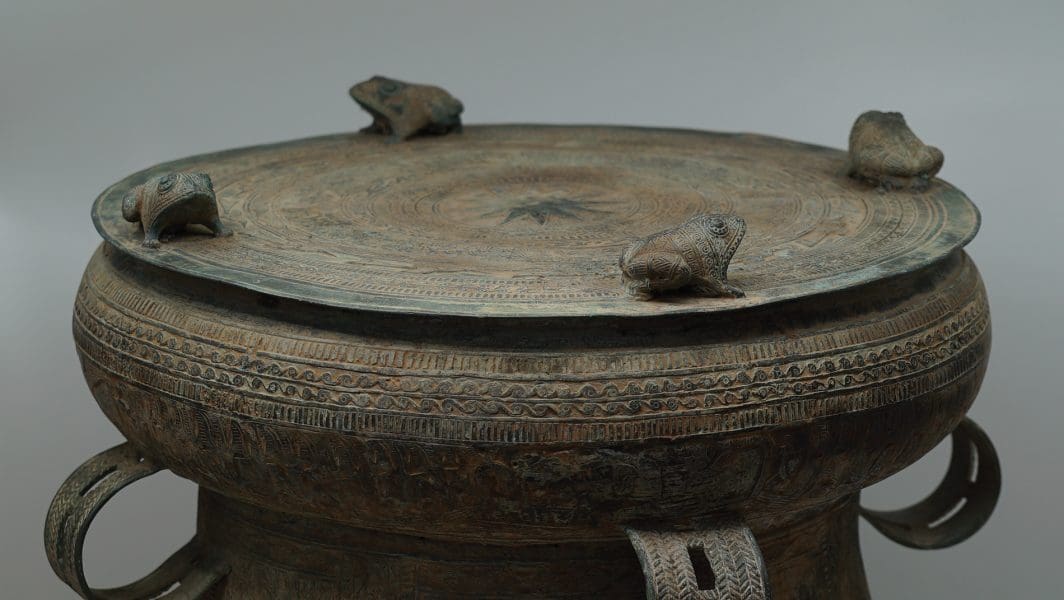
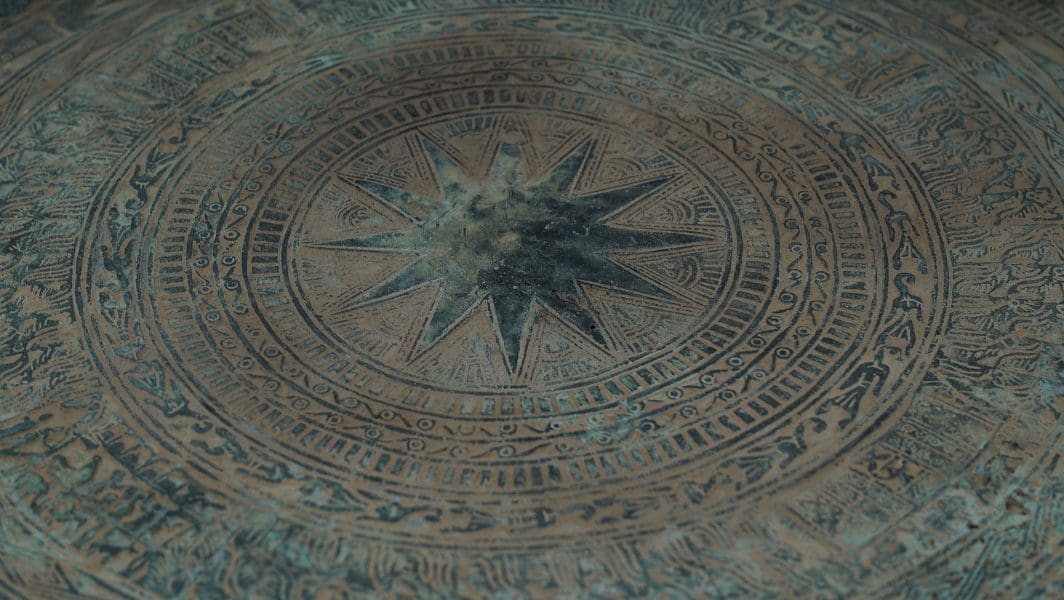

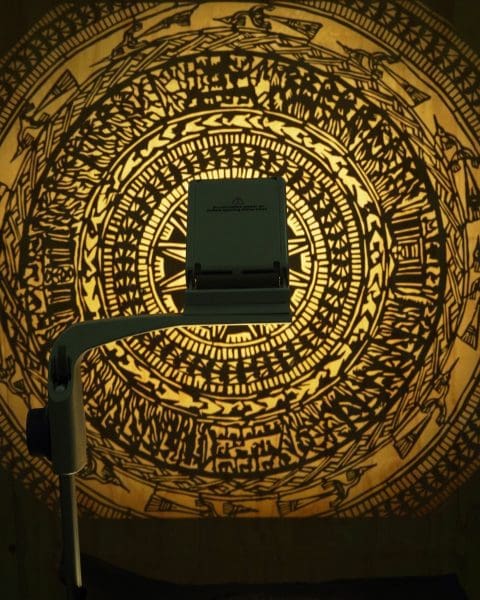
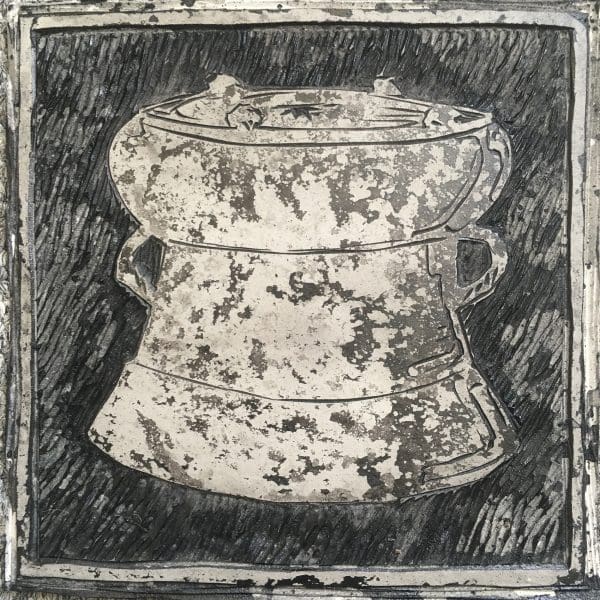
In the West, so many objects of cultural significance from around the world are sequestered into museums and art galleries, put into a cabinet, and flattened to a pithy description of a line or two: name, material, year, function. The inner life of the object is stripped as it becomes an exhibit, frozen in time behind glass.
Two Vietnamese-Australian artists are reclaiming life for the Đông So n̛ drum—a Bronze Age instrument with thousands of years of history. Multidisciplinary artist James Nguyen, and artist, archaeologist and composer Victoria Pham, are reanimating the drum in RE:SOUNDING. By allowing its voice to be heard, the artists are defying the exotifying way in which these objects are normally displayed.
“This one instrument challenges and unravels this really reductive way of Western thinking,” says Nguyen. “You have to make things complex.”
Nguyen and Pham both grew up in Western Sydney knowing stories of the drum through their parents, but often dismissed them—something that Nguyen says reflects the unconscious racist bias that affected him even as a child. “My dad is really into history, but as a kid, you’re like ‘what do you know?’” he says. “It’s this embedded mistrust of your parents’ knowledge because they don’t come from the institutions of worth and value in Australian culture.”
While doing their own, separate PhD research on the drum, both Nguyen and Pham found that academic articles only referred to it as an instrument of fertility, when in fact it was historically used for warfare, harvest and much more.
“The tendency for young archaeologists is to assign a single cultural function to an object,” says Pham, who’s currently based in the UK. “But if we look at the objects that we use around us every day, they often have three or four functions. Reducing this drum in particular to one single line is such a normal practice that happens in galleries and museums. We’re trying to actively challenge that.”
When the two were introduced by a mutual friend, creative sparks flew around their shared interest in the drum. The RE:SOUNDING collaboration began in 2018 as Nguyen and Pham dreamed up the multifaceted project, which has its heart in the Indigenous idea of rematriation—the reclamation of ancestral spirituality and culture, rather than the more physical repatriation.
The collaborators worked with Melbourne musicologist Le Tuan Hung to learn more about the drum for the practical side of their research. Without much luck borrowing a drum from institutions to actually play, they bought one of their own at an auction.
The pair then worked with percussionists Salina Myat and Adam Cooper-Stanbury to create an open-access library of drum sounds. Pham also composed pieces to be played on the drum, and commissioned musicians and artists from around the world, including Vietnamese experimental rock band Rắn Cạp Đuôi and Indonesian composer and musician Bagus Mazasupa, to create their own compositions using the library.
“It was really cool to make this instrument come alive and explore it through ways that were contemporary and musical, and involved actual tactile touching of the instrument,” Pham says. “When you’re trained as an archaeologist or someone who works in the gallery, you get to interact with these objects physically, but to open that door for the public was something that really pulled me into working with James.”
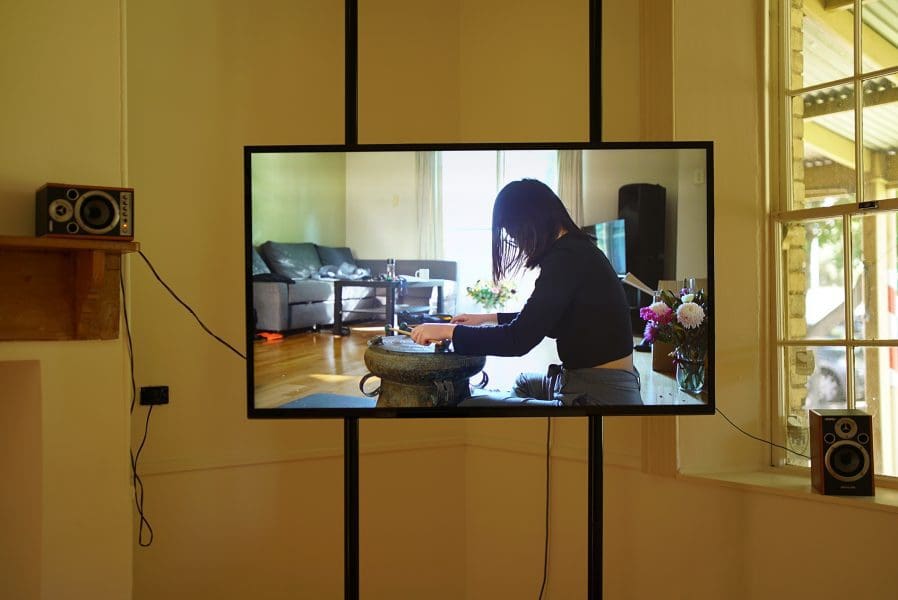
RE:SOUNDING also comprises video works and textual responses, inspired by the drum’s sounds and the decorative patterns found on its surface, which depict scenes of Vietnamese life and war. It debuted online in July 2020 as part of BLEED festival, and had a physical iteration at Melbourne’s Footscray Community Arts Centre in January. Though there were originally plans to display the drum alongside the video works, the duo realised that sound had to be the focus.
“The moment that we walked into the space at Footscray Arts Centre, the sound was the most important thing,” Nguyen says. “If you keep it minimal and you just let sound occupy the space, people can be in it and there’s a sense of immersion.”
The project’s upcoming run at Samstag Museum of Art in Adelaide will have two video screens showing performances of Pham’s compositions, and text-based information about the drum’s history available via QR code.
Nguyen and Pham intend to continue evolving RE:SOUNDING by finding more opportunities to involve modern audiences with the Đông So n̛ drum, as well as opening the possibility for more ancient instruments to be re-sounded.
“We’ve had conversations about building a musical archive and getting more musicians involved,” says Pham. “We’d like to involve more galleries and museums, and use this as a model of how we can safely engage with sonic artefacts from other cultures that they happen to have in their collection. This project is a way to talk about changing how collections are approached or accessed.”
RE:SOUNDING
James Nguyen & Victoria Pham
Samstag Museum of Art
23 April—17 July
This article was originally published in the May/June 2021 print edition of Art Guide Australia.